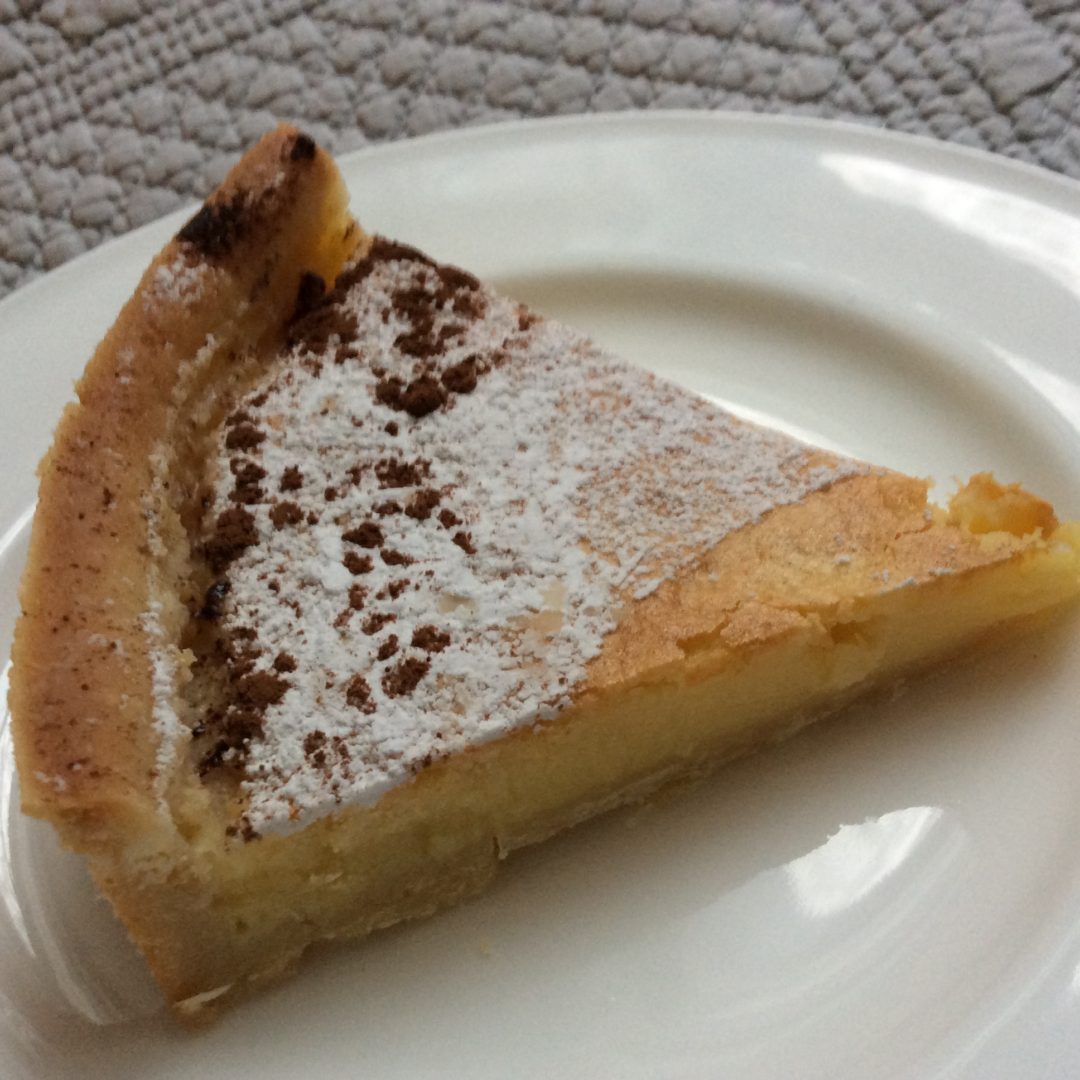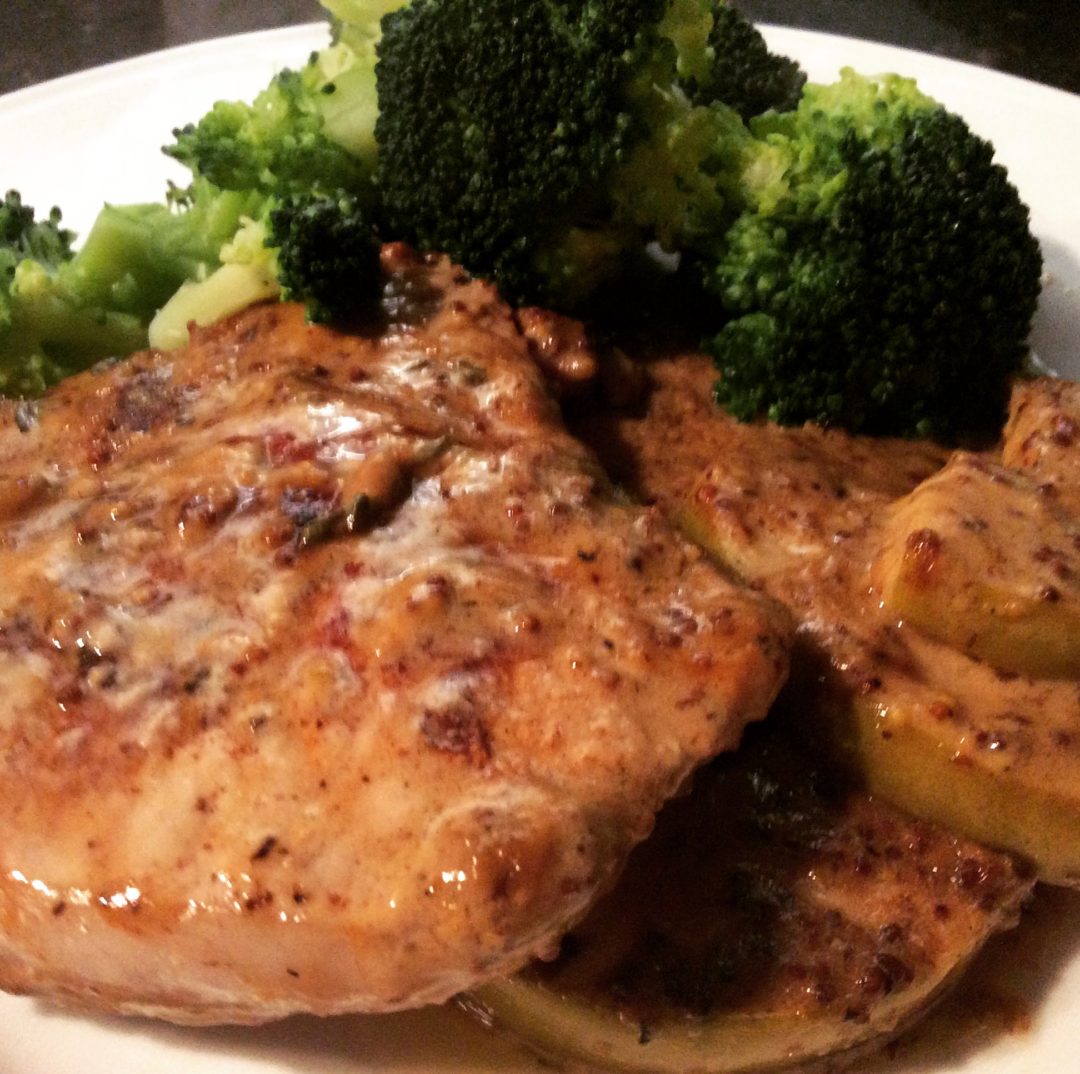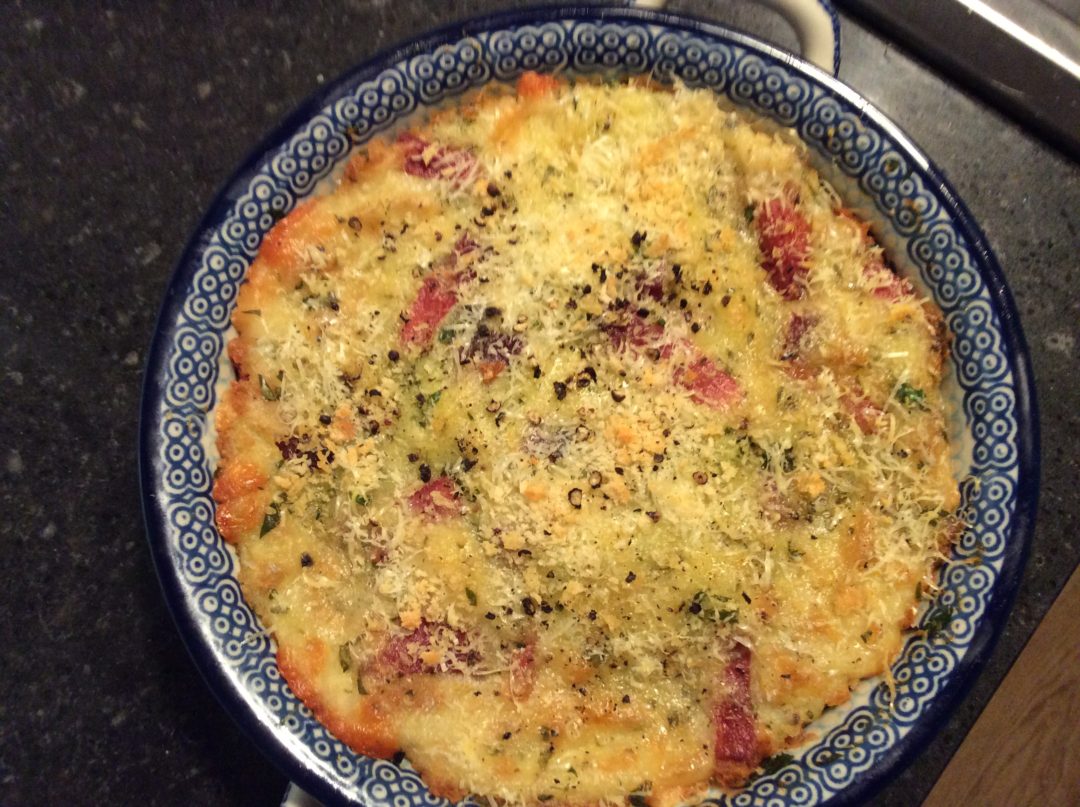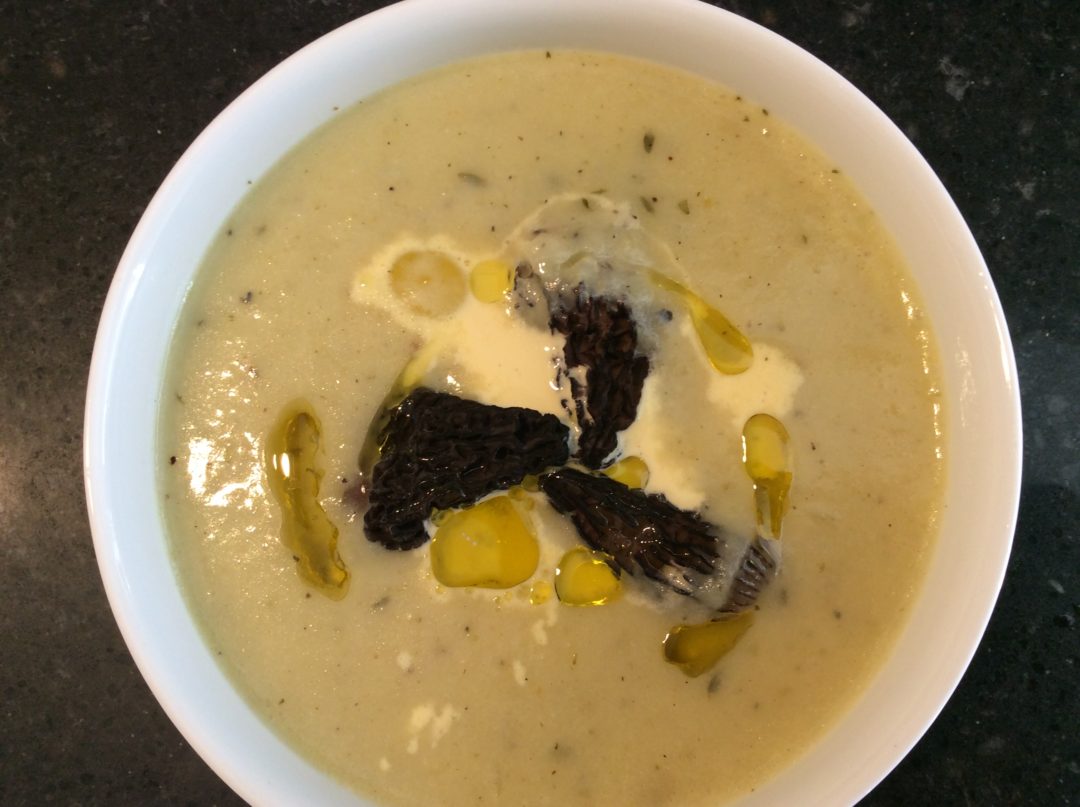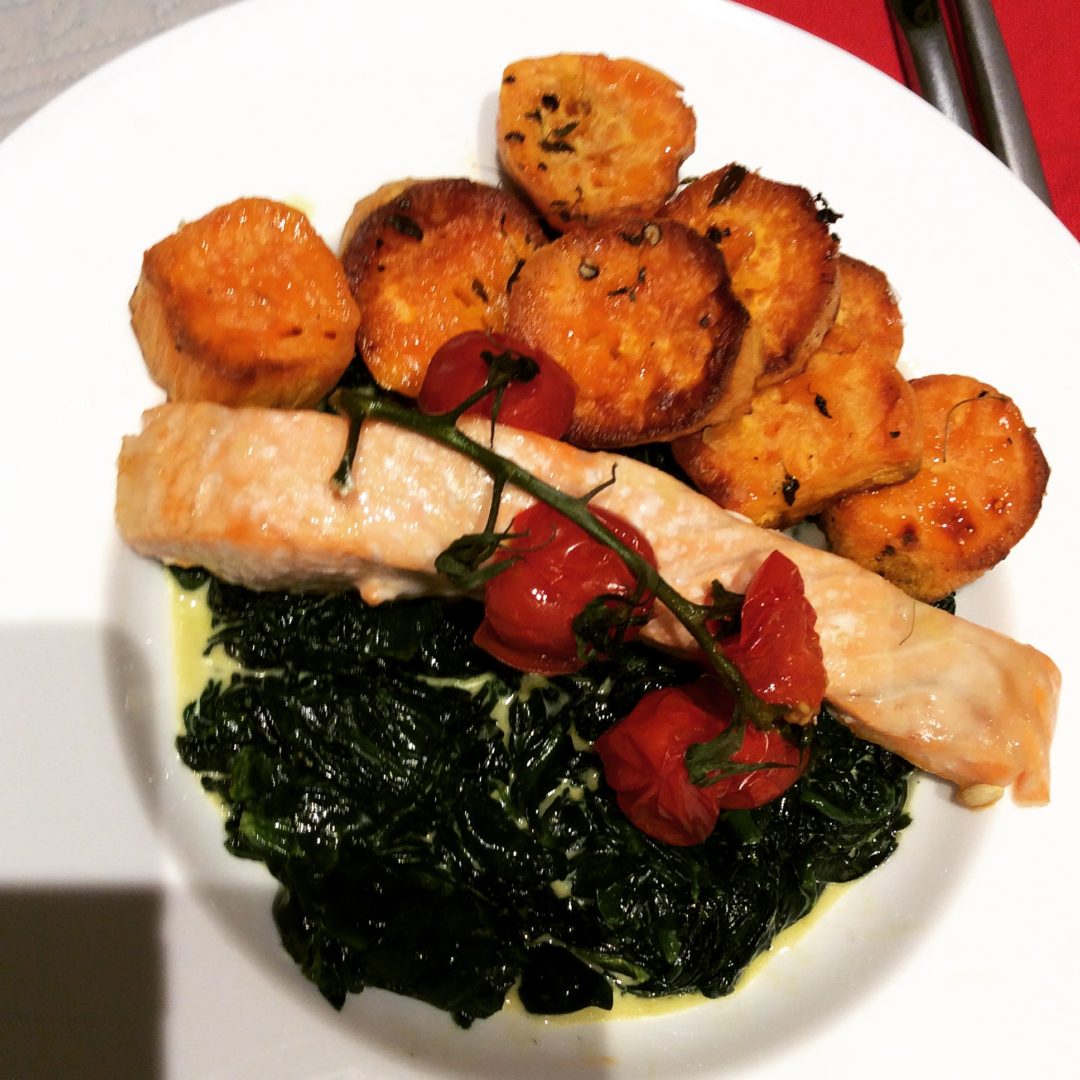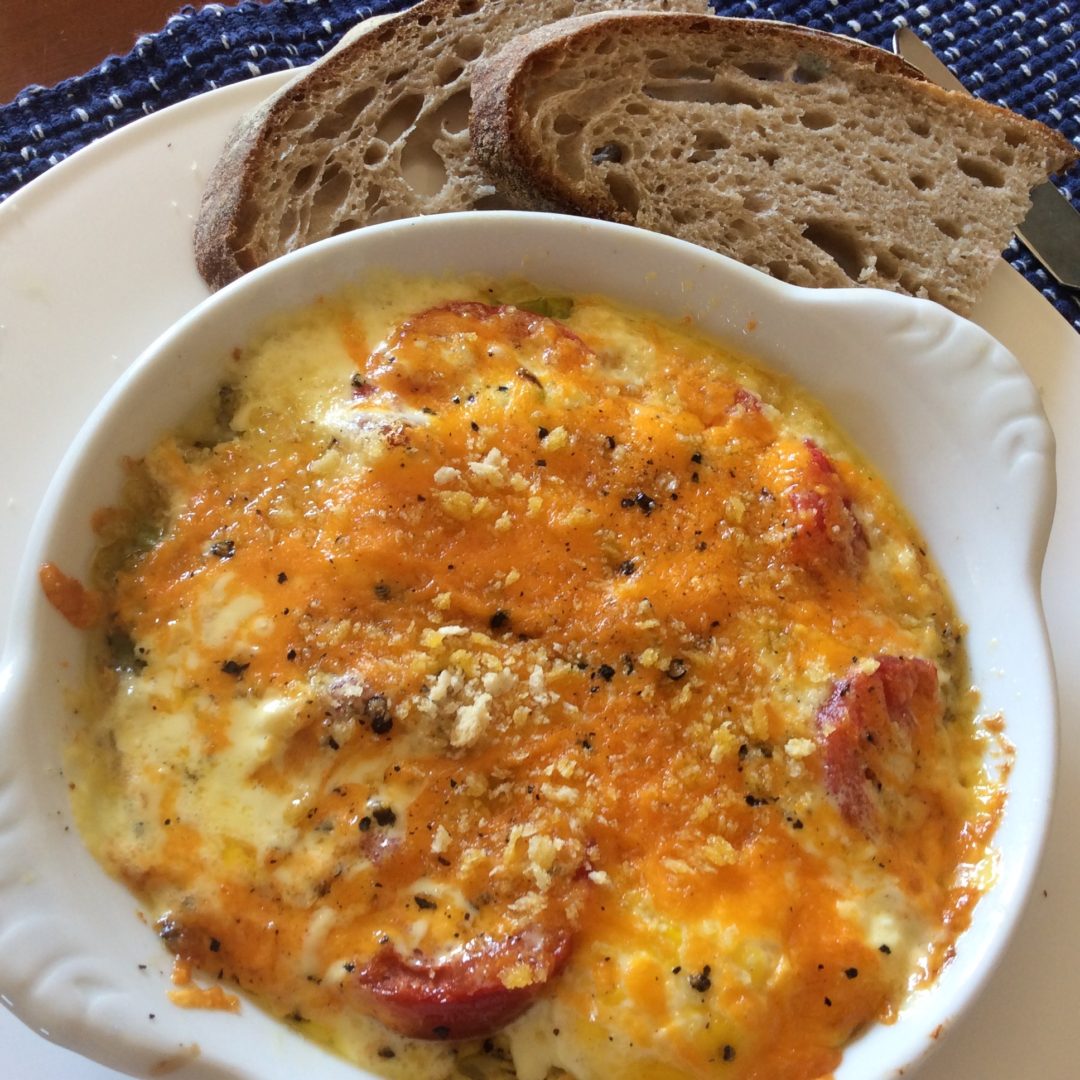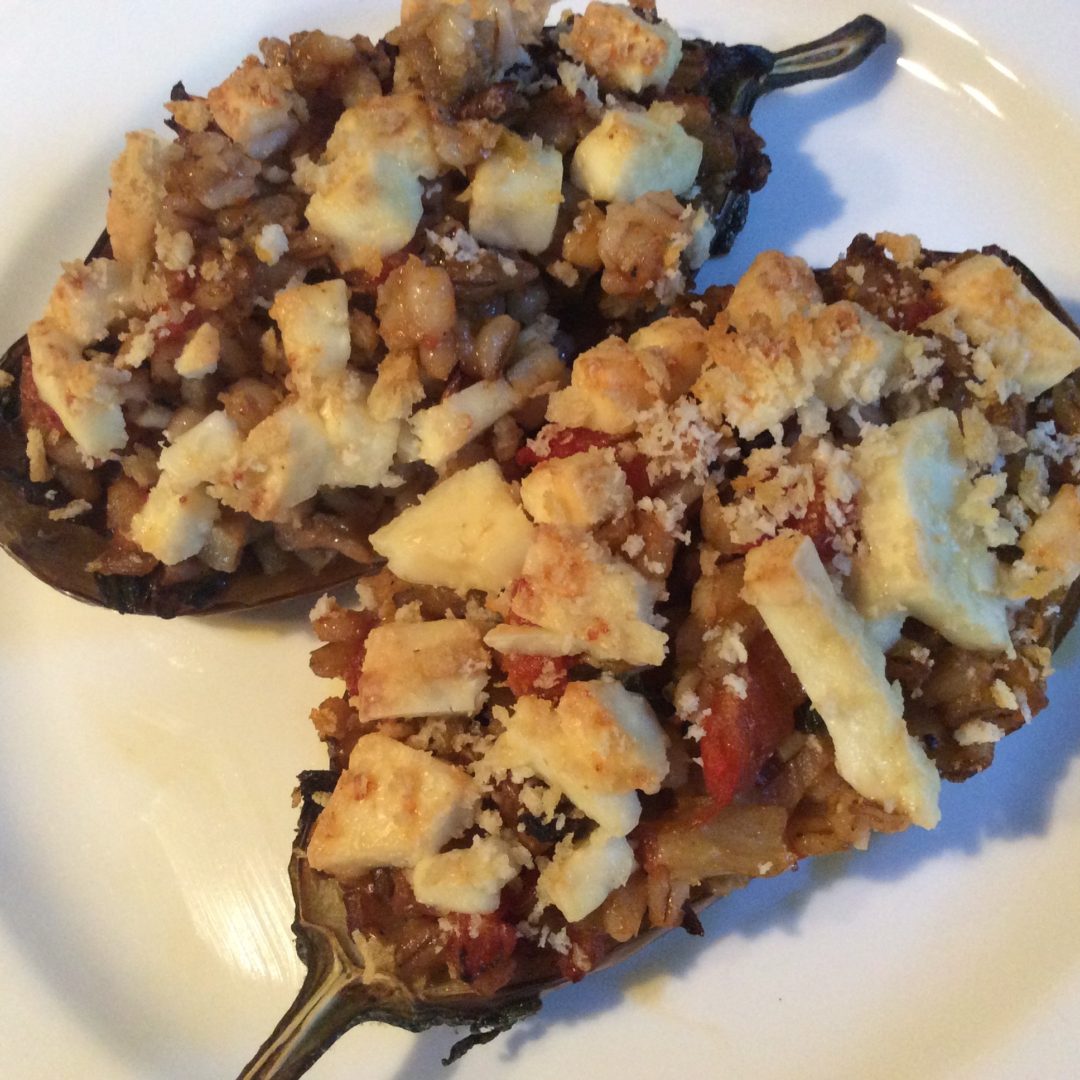According to TS Eliot, “April is the cruelest month”: I disagree. January is the pits; if you cleave to the mass media depiction, then we are all on some form of diet or restrictive eating pattern, everyone is broke, leaving their spouses/partners, embarking on unrealistic New Year’s Resolutions and the weather is awful. In January, more than ever, we need comfort food. That doesn’t mean an excuse to scoff down high calorie, low value processed rubbish, rather we take the time to create dishes that will both comfort and nourish. I appreciate we can’t do this every evening but this dish is worth the effort at weekends; I’m talking about Fish Pie.
How can anything that includes a large proportion of mashed potato not be comfort food? The joy of this dish is that the recipe is simply a basic suggestion which you can bespoke to your own tastes, and indeed mine are rarely completely identical on any two occasions. When I developed this basic recipe, I was trying to emulate the flavours of tartare sauce, hence the capers, tarragon and gherkins. Other herbs, spices, cheese and anchovies are all regular guests in this pie, even once, misguidedly tomato puree. Horrible – what was I thinking?
The mash can also be customised with mustard, cheese, herbs, sweet potato and/or celeriac. If you aren’t a mash lover, then simply top the lot with flaky pastry. Yes, of course I’m talking about ready made – just make sure it’s one with butter and glaze it with a beaten egg for a glossy finish.
If I can be serious here for a minute: please try to buy fish that is approved by the Marine Conservation Society. Their website is a mine of information: https://www.mcsuk.org We should all eat more fish and for example, I love fresh salmon but it presents an enormous dilemma: so much farmed salmon is produced in disgusting conditions that cause massive loch pollution; wild salmon is expensive and Alaskan and Norwegian salmon have food miles attached! Organic farmed salmon does exist but it can still present problems.
What’s a cook to do? To be honest, I am not sure I know the answer but in the meantime, read the wise words of http://www.joannablythmanwriting.com, make friends with your fishmonger (yes, the one in the supermarket counts!) and act on the recommendations of MCS.
One last note on the recipe; if you are making mash topping, do make it well in advance so that it cools significantly. Putting hot mash on top of the hot fish mix results in the potato sinking into the fish mixture so the whole thing looking like some kind of deranged smoothie.
Comforting Fish Pie
Print RecipeIngredients
- MASH TOPPING
- 750g potatoes, peeled and cut into 4/5 cm chunks (try for King Edward, Maris Piper or Alouette)
- 60g unsalted butter
- salt and pepper
- FISH MIXTURE
- 500ml of full fat milk (for a luxurious touch, try Jersey milk)
- 450g mixed fish eg salmon, cod, smoked haddock (the inclusion of a smoked fish is, I think, essential) cut into roughly 4 - 5 cm pieces
- 1 medium onion
- 1 bay leaf
- 3 cloves
- 3 leeks, washed and sliced into 1cm rings
- 50g butter plus a little more for finishing
- 1 tbsp light olive oil
- 3 tbsp plain flour
- 100g raw prawns
- 1 tbsp small capers, rinsed well
- 4 small cornichons, rinsed and chopped same size as the capers
- 1 tsp chopped tarragon or 1 tbsp chopped parsley
- 1 tsp French Mustard (see recipe)
- Zest of 1 unwaxed lemon
Instructions
For the Mash:
Boil potatoes until easily pierced with a skewer
Drain them and dry well (sloppy mash is the enemy of a good fish pie)
Mash well to eradicate lumps, add the butter and season well
You can add mustard or grated cheese at this point, too
Leave to cool
You will see that I don’t add any liquid, either in the form of milk, cream or creme frâiche but be it on your own head if you do
For the fish filling:
Preheat the oven to 190C/170C fan
Peel the onion and cut in half around its middle
Make four incisions and stick in the bay leaf and cloves
Add to the milk, then in a large pan and once there are bubbles all around the edge, add the fish (not the prawns)
Bring to the boil, reduce the heat immediately and simmer for 4 - 5 minutes
Remove the fish and the onion from the pan and discard the onion
Set the fish aside and reserve the milk
Chop the other half of the onion
Melt the butter with the oil in a frying pan and then soften the leek and onion over a low heat
(This is the point at which many recipes tell you this takes 2 minutes. Rubbish; leeks take a good 15 minutes on a low heat to become silky and soft; we do not want frizzled leeks here)
Add the flour to the leek mixture and cook it well, stirring all the while
Gradually add the milk (I use a ladle here) and stir each addition well
Add all the milk and heat until thickened
Taste and season and at this point add the capers, cornichons and tarragon
(This sauce needs to be well seasoned to avoid any hint of blandness so taste, taste, taste and don’t be afraid to add a teaspoon of French mustard to kick it up a notch)
Add the fish and the raw prawns then stir in the lemon zest
Make sure everything is evenly distributed but do it gently to avoid further breaking up the fish
Spoon into an ovenproof dish (I use a 26cm oval pie dish)
Top with the cool/cold mash and to be honest, at this point I dispense with spoons and use my (clean) hands. Much easier.
Rough up the surface with a fork and dot with small amount of butter
Place on a baking tray and place in the oven for 25 - 30 minutes until piping hot and browned
To check it is piping hot, pierce with a sharp knife blade, leave for a few seconds then hold it against your bottom lip. If you can’t hold it there, it’s done and if you can, leave another 5 minutes or so.
Leave to stand for 5 minutes before serving with heaps of fresh vegetables and a glass of something cold and white.


